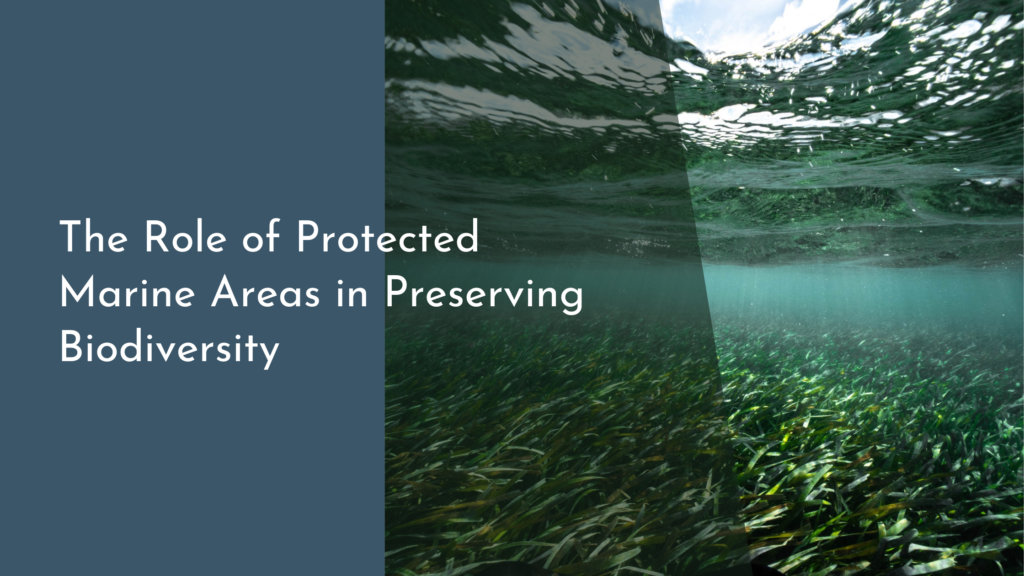The Impact of Technology on Environmental Conservation
In an age where technology permeates every aspect of our lives, its influence has extended beyond communication, entertainment, and commerce, reaching into the heart of environmental conservation. As the planet faces unprecedented challenges from climate change, habitat destruction, and species extinction, innovative technologies have begun to play a pivotal role in safeguarding our natural world. This article explores how technological advancements are revolutionizing environmental conservation, injecting hope and optimism into efforts to protect and preserve our planet for future generations.
Harnessing Innovation for a Greener Planet
The integration of technology into environmental conservation signifies a transformative shift in how we approach ecological challenges. Previously, conservation efforts often relied on traditional methods, which, although effective in their time, struggled to keep pace with rapid environmental changes. Now, innovative solutions such as satellite imaging, drones, and geographic information systems (GIS) offer unprecedented capabilities for monitoring ecosystems, analyzing changes, and implementing conservation strategies with greater precision and efficiency. These technologies allow conservationists to access real-time data and gain insights that were once inconceivable, thereby enhancing their ability to respond swiftly and effectively to environmental threats.
Furthermore, technology has enabled the development of smart infrastructure that minimizes the ecological footprint of human activities. From green buildings equipped with energy-efficient systems to smart grids that optimize electricity usage, these innovations contribute to the broader goal of reducing carbon emissions and fostering sustainable development. Such advancements not only aid in mitigating climate change but also demonstrate how technology can be leveraged to create a harmonious relationship between human progress and environmental stewardship.
Digital Tools Revolutionizing Conservation Efforts
Digital tools have emerged as powerful allies in the quest for environmental conservation, offering new ways to engage communities and amplify the impact of conservation initiatives. Mobile apps and web platforms allow individuals to participate actively in conservation efforts, whether through citizen science projects, reporting wildlife sightings, or learning about sustainable practices. These digital platforms democratize conservation, empowering individuals to contribute to data collection and decision-making processes that were once the exclusive domain of scientists and policymakers.
Moreover, digital mapping technologies and online databases enable conservationists to track changes in biodiversity and land use with unparalleled accuracy. These tools facilitate the creation of detailed maps that highlight critical habitats and endangered species, guiding targeted conservation actions. By providing a comprehensive understanding of ecological dynamics, digital tools help prioritize areas for protection and restoration, ensuring that resources are utilized efficiently and effectively in the fight to conserve our planet’s precious biodiversity.
The Role of AI in Protecting Endangered Species
Artificial Intelligence (AI) is proving to be a game-changer in efforts to protect endangered species, offering innovative solutions to some of the most pressing challenges facing wildlife conservation. AI-powered camera traps and sensors can monitor wildlife populations in remote areas, providing invaluable data on species behavior, population dynamics, and habitat use. By automating the collection and analysis of this data, AI reduces the need for human intervention in fragile ecosystems, minimizing potential disturbances while maximizing the quality and quantity of data gathered.
AI also plays a critical role in combating illegal wildlife trade and poaching, which are major threats to many endangered species. Machine learning algorithms can analyze vast amounts of data from social media, online marketplaces, and other sources to identify and predict illegal activities. This enables authorities to take preemptive actions and disrupt trafficking networks before they can cause further harm. By harnessing the power of AI, conservationists and law enforcement agencies are better equipped to protect vulnerable species and preserve biodiversity for generations to come.
Embracing Technology for a Sustainable Future
As we embrace technology in the pursuit of a sustainable future, it is important to recognize the potential for these tools to inspire and mobilize individuals and communities. Educational platforms and virtual reality experiences are making environmental issues more accessible and engaging, fostering a deeper connection between people and the natural world. By raising awareness and encouraging behavioral change, these technologies contribute to a culture of sustainability where individuals are motivated to act as stewards of the environment.
Looking ahead, the integration of technology into environmental conservation heralds a future of unprecedented possibilities. From renewable energy technologies that reduce reliance on fossil fuels to precision agriculture that minimizes resource use and maximizes yield, the potential applications are vast and varied. By continuing to innovate and collaborate, we can harness the full potential of technology to create a world where economic progress and environmental preservation go hand in hand, ensuring a thriving planet for future generations.
Technology’s impact on environmental conservation is both profound and promising, offering innovative solutions to complex ecological challenges. While technology alone cannot solve all environmental issues, it serves as a powerful tool that, when combined with human ingenuity and collective action, holds the potential to drive significant positive change. As we continue to explore and develop these technological advancements, it is crucial that we remain committed to the ethical and sustainable use of these tools, ensuring that they serve to enhance, rather than detract from, the natural world. Together, we can build a future where technology and nature coexist harmoniously, paving the way for a healthier, more sustainable planet.

